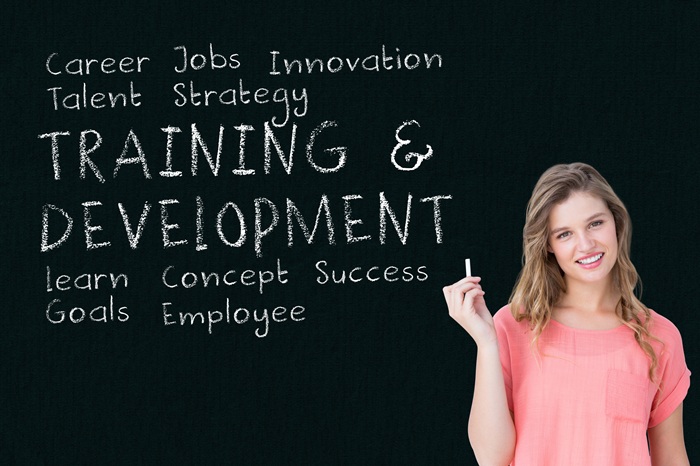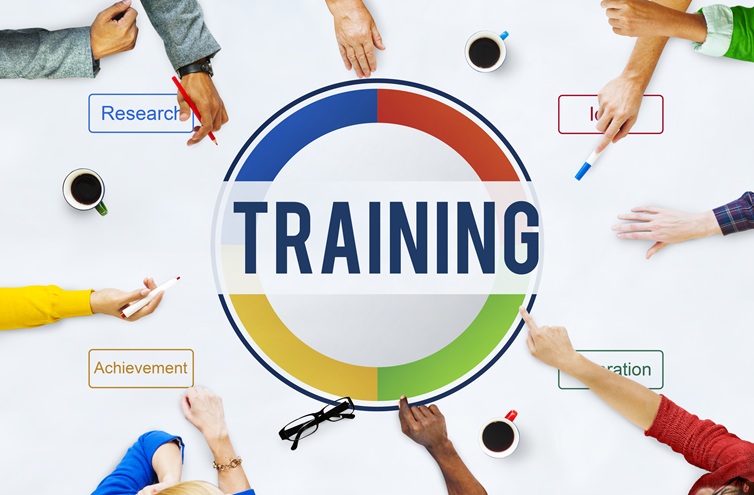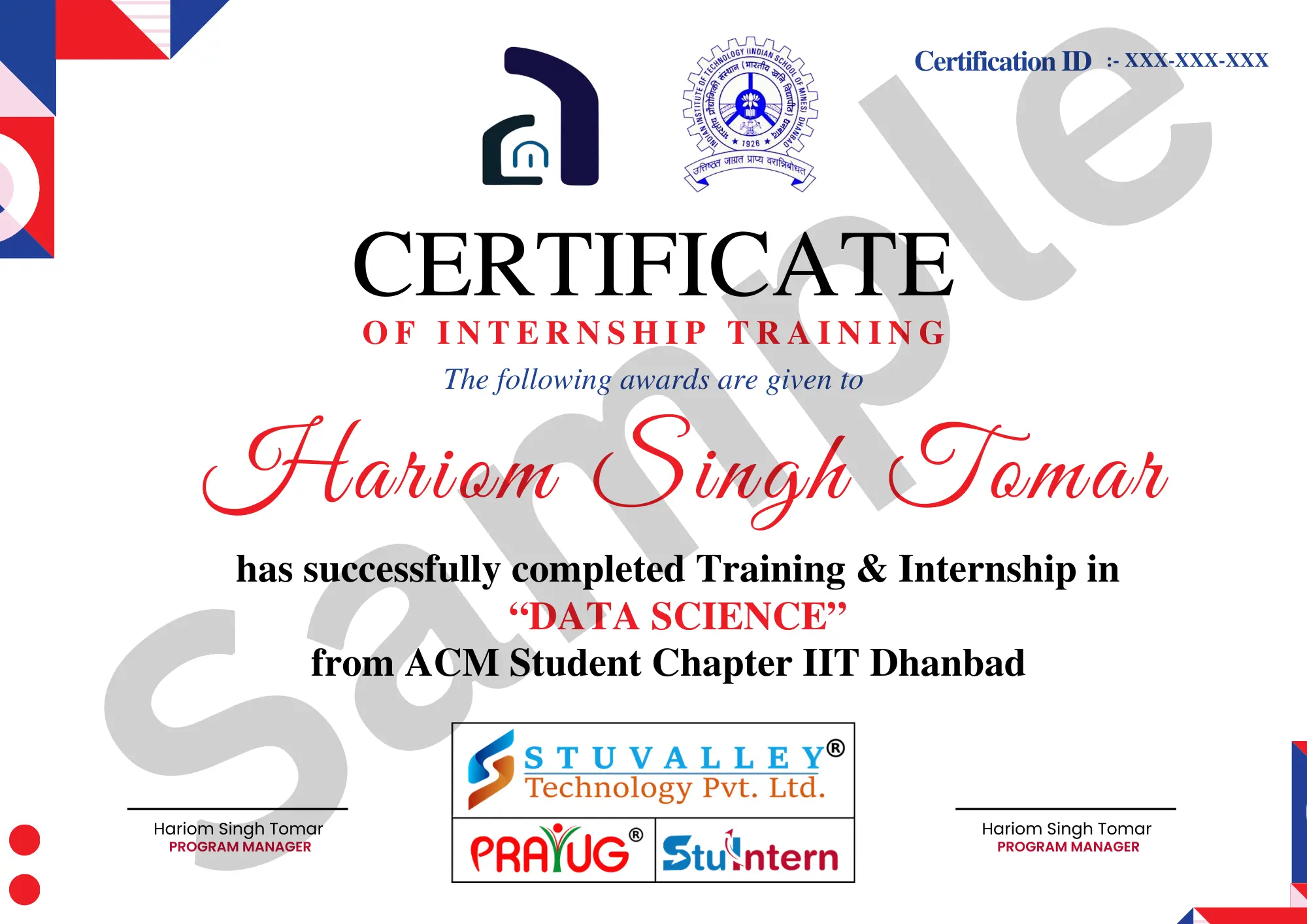Course Overview
Overview of Data Science Training
Data Science training is designed to equip participants with the skills and knowledge required to analyze, interpret, and visualize data to solve complex business problems. This training typically covers a range of topics, from basic data handling techniques to advanced machine learning algorithms, providing a comprehensive understanding of the data science lifecycle.
Training Objectives:
- Data Literacy: Develop the ability to understand and work with data, including collecting, cleaning, and preprocessing data for analysis.
- Analytical Skills: Learn to apply statistical methods and data mining techniques to extract insights from data.
- Machine Learning: Gain proficiency in building predictive models using supervised and unsupervised machine learning algorithms.
- Data Visualization: Master the art of presenting data insights through compelling visualizations.
- Practical Application: Apply learned skills to real-world datasets through hands-on projects, enhancing practical understanding and problem-solving capabilities.
Key Modules:
Introduction to Data Science:
- Overview of Data Science and its applications across industries.
- Understanding the data science workflow: data collection, cleaning, analysis, and modeling.
Python for Data Science:
- Introduction to Python programming, focusing on data science libraries like NumPy, Pandas, and Matplotlib.
- Data manipulation, data structures, and basic programming concepts essential for data analysis.
Statistics and Probability:
- Core statistical concepts such as mean, median, variance, standard deviation, and probability distributions.
- Hypothesis testing, p-values, and confidence intervals for data-driven decision-making.
Exploratory Data Analysis (EDA):
- Techniques for understanding the underlying structure of datasets.
- Data visualization tools and methods to uncover patterns, trends, and anomalies.
Data Wrangling and Cleaning:
- Handling missing data, outliers, and data normalization.
- Techniques for cleaning and transforming raw data into a usable format.
Machine Learning:
- Supervised Learning: Techniques like linear regression, logistic regression, decision trees, and support vector machines (SVM).
- Unsupervised Learning: Clustering methods like K-Means, hierarchical clustering, and dimensionality reduction techniques like PCA.
- Model Evaluation: Understanding metrics like accuracy, precision, recall, F1-score, and AUC-ROC to evaluate model performance.
Advanced Machine Learning:
- Introduction to deep learning concepts and neural networks.
- Working with TensorFlow or PyTorch for building advanced models.
- Techniques for model optimization and hyperparameter tuning.
Data Visualization:
- Creating effective visualizations using Matplotlib, Seaborn, and Plotly.
- Building interactive dashboards with tools like Tableau or Power BI.
- Best practices for storytelling with data.
Big Data and Cloud Computing:
- Introduction to big data technologies like Hadoop and Spark.
- Leveraging cloud platforms (AWS, Google Cloud, Azure) for data storage, processing, and machine learning deployment.
Capstone Project:
- A hands-on project where participants apply their skills to solve a real-world data problem.
- End-to-end project execution, including data collection, cleaning, analysis, modeling, and presenting results.
- Introduction to Data Science
- Python for Data Science (Comprehensive Guide)
- Statistics & Mathematics for Data Science
- Data Visualization & Storytelling
- Databases & Data Extraction
- Machine Learning
- Deep Learning & Neural Networks
- Big Data Technologies
- Cloud & Deployment (MLOps)
- AI Ethics, Security & Future Trends
Top Blog Posts






Benefits Of A Prayug Certificate
Certify Your Skills
A CPD accredited Prayug Certificate certifies the skills you’ve learned

Stand Out From The Crowd
Add your Prayug Certification to your resumé and stay ahead of the competition

Advance in Your Career
Share your Prayug Certification with potential employers to show off your skills and capabilities

